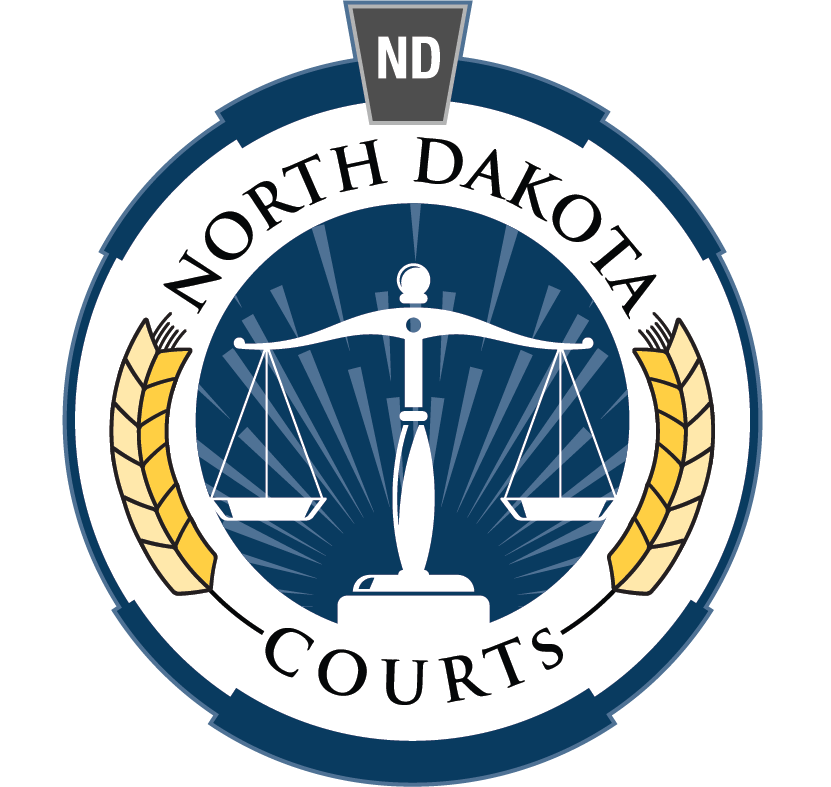RULE 47. JURORS
Effective Date: 1/1/1988
Obsolete Date: 3/1/2003
(a) Examination of Jurors. The court may call for examination an initial venire of prospective jurors of a number equal to the number of jurors necessary for the jury plus the number of peremptory challenges available to the parties. A general examination of prospective jurors is optional with the trial judge, but any examination by the trial judge does not in any manner limit the right of the parties to conduct the examination. If the examination is not conducted by the judge it shall be conducted by the parties. If, after the parties have exercised their challenges, the venire size is larger than the number required under Rule 48, the excess number of jurors will be excused in inverse order in which they were called. The court has the discretion to allow singular examination of prospective jurors in chambers.
(b) Peremptory Challenges. Each side is entitled to four (4) peremptory challenges when a six (6) person jury is to be impaneled and four (4) peremptory challenges when a nine (9) person jury is to be impaneled. If a side consists of more than one party, that side is entitled to a total of four (4) peremptory challenges when a six (6) person jury is to be impaneled and to a total of four (4) peremptory challenges when a nine (9) person jury is to be impaneled. All parties on a side must join in the challenge before it can be made unless the trial judge, for good cause shown, permits otherwise. If parties on a side have essentially adverse or antagonistic interests the trial judge may grant the parties on that side additional peremptory challenges. If no peremptory challenges are taken until the panel is full, they must be taken by the parties alternately, commencing with the plaintiff; but a waiver as to the jurors then impaneled is not a waiver of the right to challenge jurors subsequently impaneled.
(c) Challenges for Cause. If the trial judge, after the examination of any juror, is of the opinion that grounds for challenge for cause are present, the judge should excuse that juror from the trial of the case. If the judge does not excuse the juror, any party may challenge the juror for cause as provided by law.
(d) Alternate Jurors. The court may direct that one or 2 jurors in addition to the regular panel be called and impaneled to sit as alternate jurors. Alternate jurors in the order in which they are called shall replace jurors who, prior to the time the jury retires to consider its verdict, become or are found to be unable or disqualified to perform their duties. Alternate jurors shall be drawn in the same manner, shall have the same qualifications, shall be subject to the same examination and challenges, shall take the same oath, and shall have the same functions, powers, facilities, and privileges as the principal jurors. An alternate juror who does not replace a principal juror shall be discharged after the jury retires to consider its verdict. If one or 2 alternate jurors are called each party is entitled to one peremptory challenge in addition to those otherwise allowed by this rule. The additional peremptory challenge may be used only against an alternate juror, and the other peremptory challenges allowed by this rule shall not be used against the alternates.
Rule 47 was amended, effective January 1, 1979; January 1, 1988; September 1, 1990; March 1, 2003; March 1, 2011; March 1, 2024 .
Rule 47 was amended, effective March 1, 2011, in response to the December 1, 2007, revision of the Federal Rules of Civil Procedure. The language and organization of the rule were changed to make the rule more easily understood and to make style and terminology consistent throughout the rules.
Rule 47 was amended, effective March 1, 2011, to interchange subdivisions (b) and (c). Former subdivision (b) became subdivision (c), and former subdivision (c) became subdivision (b).
Subdivision (a) was amended, effective January 1, 1988, to provide for a uniform jury selection process.
Subdivision (c), formerly subdivision (b), was amended, effective September 1, 1990, to reduce the number of peremptory challenges from six to four per side.
Subdivision (b), formerly subdivision (c), was adopted, effective January 1, 1979, and was derived from N.D.R.Crim.P. 24.
Subdivision (d) was amended, effective March 1, 2003, to clarify that each "side" is entitled to assert one peremptory challenge against an alternate juror.
Subdivision (d) was amended, effective March 1, 2024, to allow the court to retain alternate jurors after the jury retires to deliberate.
SOURCES: Supreme Court Conference Minutes of January 17, 1990; September 28, 1987; Joint Procedure Committee Minutes of April 28, 2023, pages 18-20; January 28-29, 2010, pages 5-6; September 24-25, 2009, pages 16-18, 19; April 25-26, 2002, page 16; May 21-22, 1987, pages 7-11; February 19-20, 1987, pages 19-20; May 25-26, 1978, pages 1-3, 25-26; March 16-17, 1978, pages 19-20; Fed.R.Civ.P. 47; N.D.R.Crim.P. 24; N.D.C.C. § 28-14-05 (superseded).
STATUTES AFFECTED:
SUPERSEDED: N.D.C.C. § 28-14-05.
CONSIDERED: N.D.C.C. § 28-14-06.
CROSS REFERENCE: N.D.R.Civ.P. 38 (Jury Trial of Right), N.D.R.Civ.P. 48 (Juries of Less than Twelve Majority Verdict), N.D.R.Crim.P. 24(b)(2), N.D.C.C. §§ 14-03-01 (Size of Juries in Civil Cases), and 28-14-06 (Challenges for Cause Grounds).

